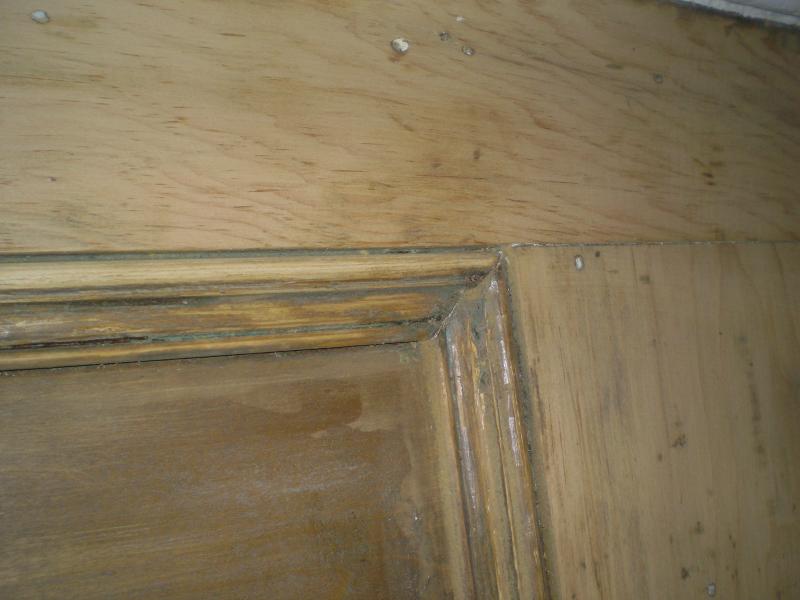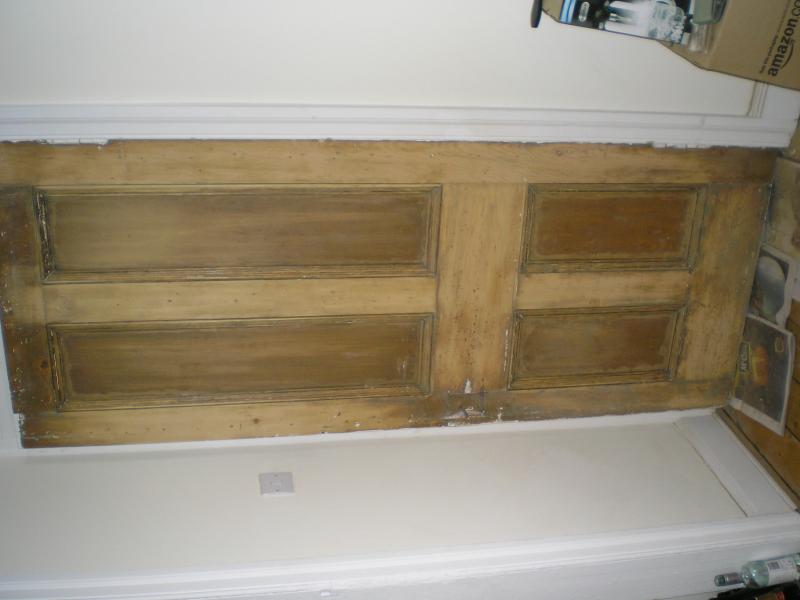Hello,
I've recently begun stripping the many layers of paint and varnish from the wood in my recently purchased Victorian era flat. I have discovered that what I thought were horrible plain doors are actually nice solid panelled doors which have had sheets of wood nailed to them and painted over at some point (I wonder what were they thinking?).
I presume these doors are the originals and are solid oak, although I'm not sure how to identify them as oak. It is a solid feeling lightish coloured wood after sanding.
I would like to strip and sand all the wood in the flat (it also has panelling around the windows etc. it's a mammoth task) and then finish somehow.
What I would like to know is, what kind of finish do you recommend? I would like a finish that is quite matt, and probably a bit darker than the natural light colour, basically something like you would see in a posh house on in a period drama. I want it to be natural looking, just enhancing the quality of the wood itself.
Cheers!
Rich
I've recently begun stripping the many layers of paint and varnish from the wood in my recently purchased Victorian era flat. I have discovered that what I thought were horrible plain doors are actually nice solid panelled doors which have had sheets of wood nailed to them and painted over at some point (I wonder what were they thinking?).
I presume these doors are the originals and are solid oak, although I'm not sure how to identify them as oak. It is a solid feeling lightish coloured wood after sanding.
I would like to strip and sand all the wood in the flat (it also has panelling around the windows etc. it's a mammoth task) and then finish somehow.
What I would like to know is, what kind of finish do you recommend? I would like a finish that is quite matt, and probably a bit darker than the natural light colour, basically something like you would see in a posh house on in a period drama. I want it to be natural looking, just enhancing the quality of the wood itself.
Cheers!
Rich



